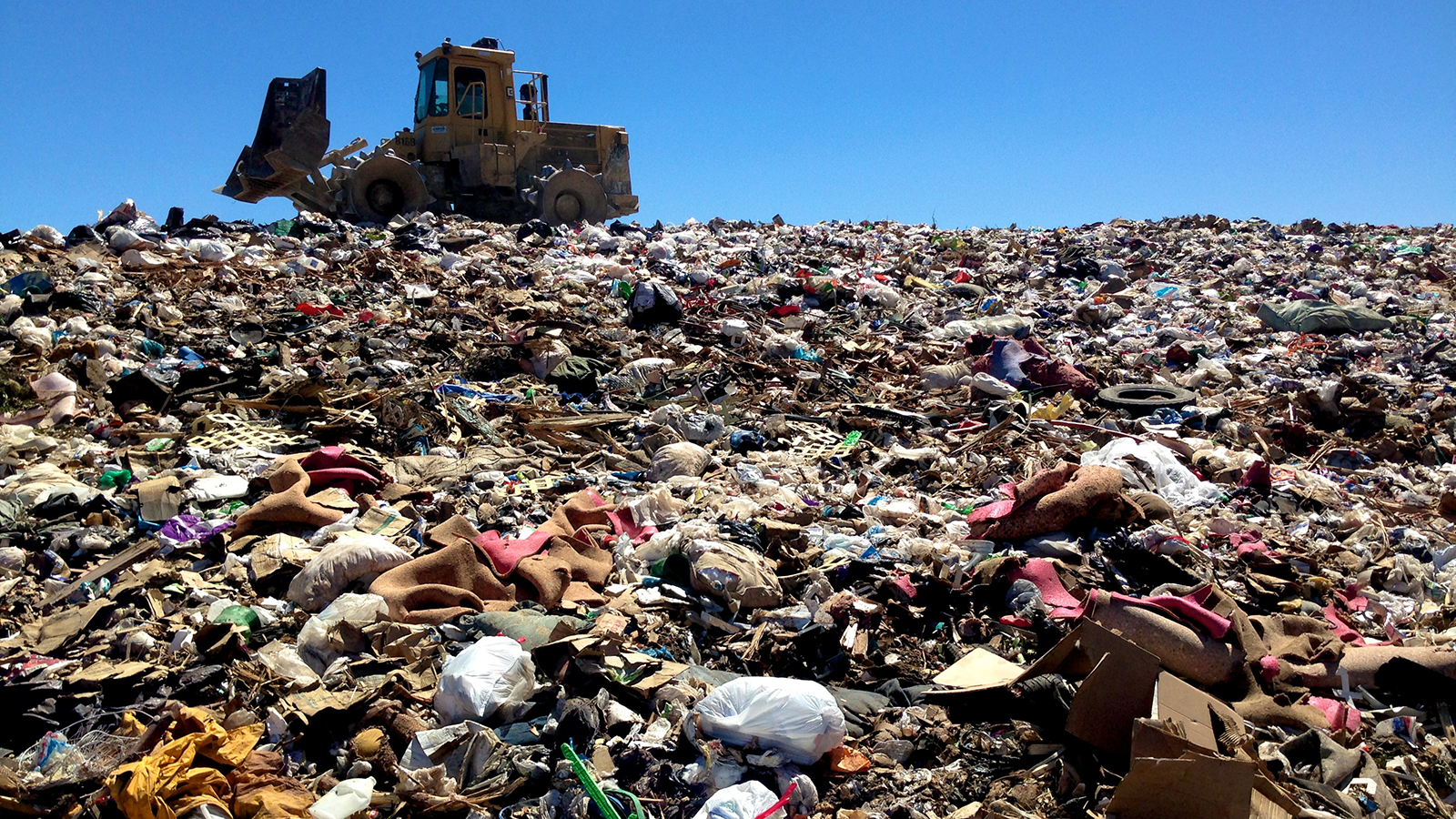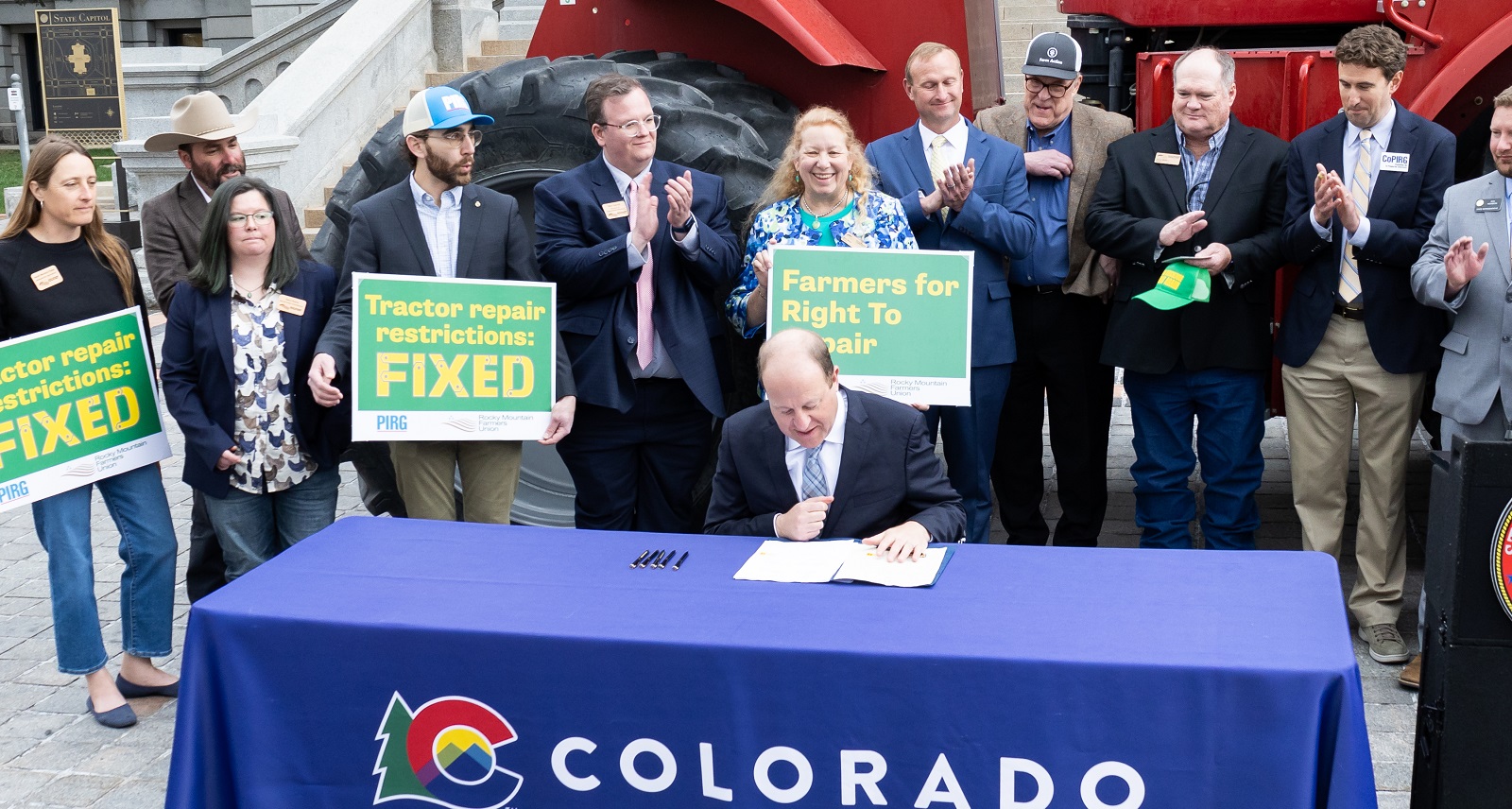
Waste & recycling

America has a waste problem. Every day, we extract natural resources to produce goods that are used — often just for a few minutes — before they are thrown into landfills or incinerators or left to litter our communities and the environment.
We need to move toward a zero waste future, which is why PIRG is working to reduce consumption, ensure products are built to last, and push for policies that ensure all materials are reused, recycled or composted in a continuous cycle.
Priorities
Beyond plastic
America's plastic problem has gotten way out of hand.

Right to repair
We should be able to fix our stuff when it breaks.

Right to Repair
Recycling & compost
To reduce waste, conserve natural resources and address the mounting climate crisis, America needs more recycling and composting.
